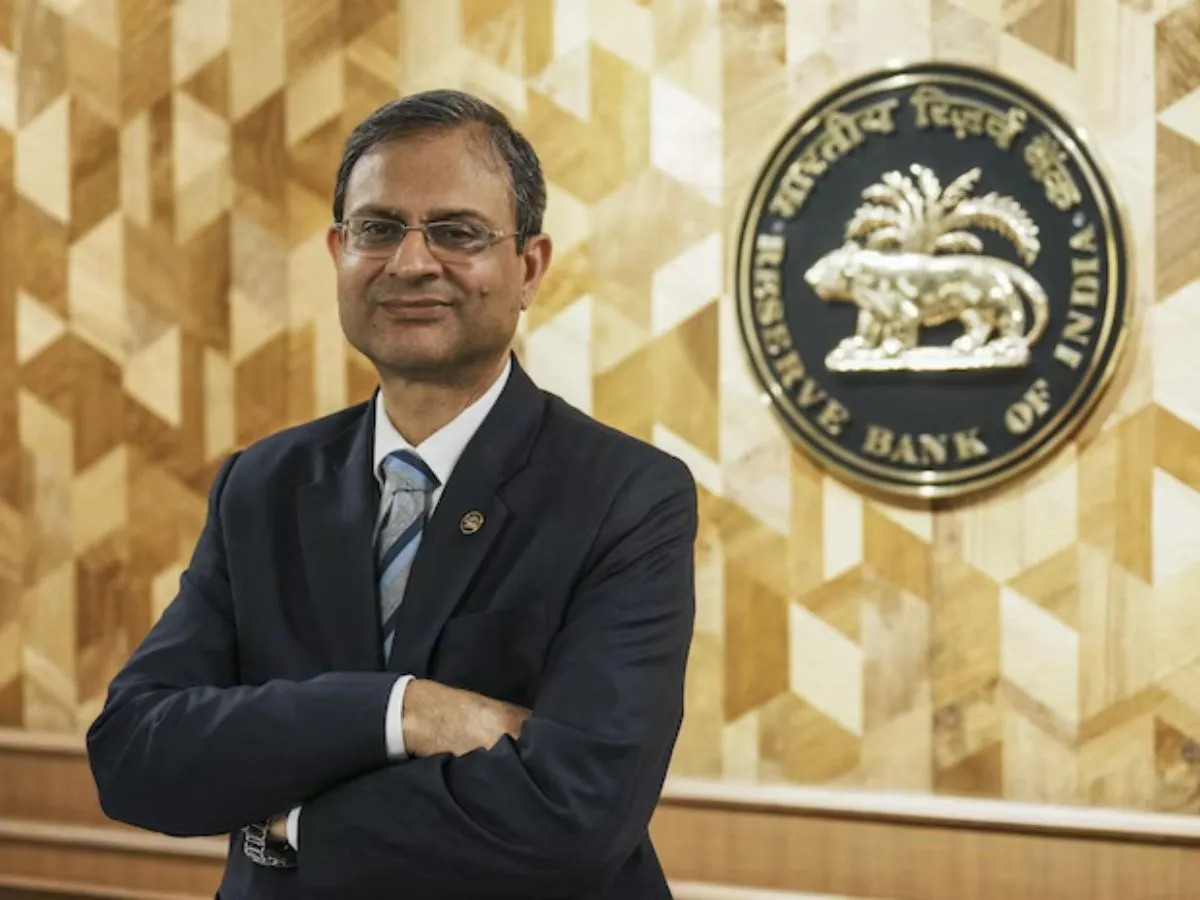The Reserve Bank of India has taken a more liberal stance during the tenure of the new Governor Sanjay Malhotra. According to analysts, this liberal trend is good for the banking sector and the economy in a period of decline in growth.
Many steps led by Malhotra give a clear indication. These include the first-five-year deduction of 25 basis points in the policy repo rate, repeated cash to deal with the lack of cash in the system, postponing the proposed regulatory criteria, withdrawing orders to stop several institutions, and to give relief in risk loads to banks’ non-banking financial companies (NBFCs).
In a report by McVeri Research, Suresh Ganpati and Puneet Bahlani said, ‘We have included regular cash in the last two months tenure of the new Governor of the Reserve Bank of India, inserting cash, after many years, open market operations, 25 basis points deductions, deducted loan loss (ECL), project finance and cash coverage ratio (LCR) such as project finance and cash coverage ratio (LCR) include the institutionalization of various regulations such as project finance and cash coverage ratio (LCR).
According to the report, ‘We think it is good for the future of the financial sector and emphasizes more on consumption and growth. We believe that it is good for a renewed rating of the financial sector and we repeat our fast view. ‘
Malhotra took over the command of the country’s central bank when the growth of the domestic economy had reached 5.4 per cent of the lowest level of seven quarters and the demand for cuts in interest rates to promote economic growth in various quarters was raising the demand. After Shaktikanta Das, the external factors such as a luxurious risk, uncertainty of business policy and impact on domestic currency became a cause of concern for Malhotra.
Active intervention in the Reserve Bank of India’s foreign exchange market to prevent the rapid decline in the rupee affected the cash situation of the banking system. Due to this, the cash shortage reached three million million dollars at the end of January – this was the highest level since April 2010.
To make this situation easier, RBI decided to organize a daily convertable rate repo auction. Apart from this, open market operations (OMO) of government securities and US dollar/rupees purchase sale swap auction was also announced. The first monetary policy committee (MPC) meeting held after the Reserve Bank of India Governor Malhotra took over in December 2024 was cut. Regarding this meeting of MPC in February, Malhotra had said that the need for ‘low restrictive monetary policy’ was felt at this time.
However, experts had warned that cutting the interest rate of the Reserve Bank of India could not increase significantly to increase cash loss due to reduction of cash. However, with the announcement of deduction of 25 basis points in Malhotra policy rate, various proposed regulation norms of the banking sector were relieved – SCR criteria, ECL norms and proposed financial norms – they were expected to be implemented from April 1, 2025. The Reserve Bank is trying to establish a proper balance in the benefits and cost of every regulation. Therefore, Malhotra has increased the deadline for implementing LCR and project finance criteria for at least one year.
Apart from this, the Reserve Bank of India had given relief to reduce the risk weight of non -banking financial companies of banks from 125 percent to 100 percent last week. This can provide capital of 40,000 crore in the banking system at a overall level. This can provide additional loan funds of Rs 4 lakh crore. However, it may take time to apply policies in view of the strict state of cash.
In the Nomura report, Sonal Verma and Oorideep Nandi had said in the context of the Reserve Bank’s decisions of the last few months, ‘The policies are moving in the right direction. India has finally began to adopt a more coordinating policy methods – these include fiscal, monetary, cash, comprehensive prudent. These will promote increase, especially consumer demand will be promoted. According to the report, ‘Our major indicators suggest that the cyclical recession remains in the economy. Therefore, there will be more stable help for stable increase in such a situation.
First Published – March 2, 2025 | 10:16 PM IST

